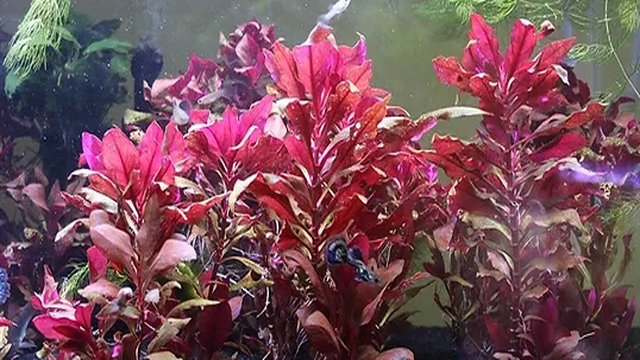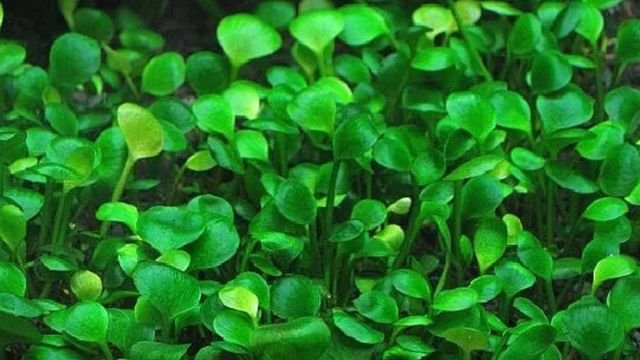How To Attach Plants To Driftwood
I’ve always loved the look of lush green plants intertwined with driftwood, creating a natural and captivating display.
In this article, I’ll show you how to bring that same beauty into your own home by attaching plants to driftwood. It’s a simple and rewarding way to elevate your indoor or outdoor space with a touch of natural elegance.
Let’s get started!
Key Takeaways
- Look for driftwood with multiple branches or crevices for plant attachment
- Opt for plants with strong root systems and flexible stems
- Scrub the driftwood with a stiff brush to remove dirt and debris
- Select aquatic plants that can thrive in the specific water conditions
Selecting Suitable Driftwood
How can I identify driftwood that’s suitable for attaching plants?
When selecting driftwood for planting, it’s essential to look for certain identifying features. Choose pieces with multiple branches or crevices where plants can be nestled and secured.
Driftwood that has a natural, weathered appearance is ideal as it mimics the plants’ natural habitat. Avoid wood that releases excessive tannins, as this can harm the plants.
When examining driftwood, ensure it’s free from any signs of decay or rot, as this can negatively impact the plants’ growth. Additionally, consider the size of the driftwood in relation to the plants you intend to attach, aiming for a proportionate and balanced look.
Now, let’s transition into discussing how to choose the right plants for attaching to the driftwood.
Choosing the Right Plants
After identifying suitable driftwood, my next step is to choose the right plants for attaching to the driftwood.
When it comes to selecting the best plant species, I opt for those with strong root systems and flexible stems, such as Java fern, Anubias, or Bucephalandra. These plants are ideal for attaching to driftwood as they can thrive in low substrate environments.
Proper plant attachment is crucial for their successful growth. I prefer using cotton threads or fishing lines to secure the plants onto the driftwood. Wrapping the thread or line around the plant and driftwood ensures a secure attachment without causing damage.
It’s important to avoid using materials that can decay or harm the plants over time, ensuring a healthy and long-lasting bond between the plants and the driftwood.
Preparing the Driftwood
To ensure a successful attachment of the plants, the next step is preparing the driftwood by removing any debris and thoroughly cleaning its surface. This is crucial for the plants to adhere properly and thrive.
Here’s how to prepare the driftwood:
- Driftwood cleaning, sterilization: Use a stiff brush to scrub the driftwood and remove any dirt or debris. Then, soak the driftwood in a mixture of water and bleach for 24 hours to sterilize it and kill any potential harmful organisms.
- Driftwood soaking: After sterilization, soak the driftwood in water for several days to remove tannins that can discolor the aquarium water. Change the water daily until it remains clear.
- Driftwood drying: Once the driftwood has finished soaking, allow it to air dry completely before attaching the plants. This helps to prevent any potential rot or mold from developing.
Following these steps will ensure that the driftwood is clean, sterilized, and ready for the plants to be attached.
Attaching the Plants
Having prepared the driftwood, I begin by selecting suitable aquatic plants for attachment. It’s important to choose plants that can thrive in the specific water conditions of your aquarium. Consider factors such as lighting, water hardness, and pH levels to ensure optimal plant care.
When attaching the plants to the driftwood, I look for species with strong roots or rhizomes that can be easily secured. Anubias, Java fern, and Bucephalandra are great choices as they can be tied or glued onto the driftwood without causing harm.
Before attaching, I carefully clean the plants and the driftwood to remove any debris that could affect their adherence.
Caring for Driftwood-Attached Plants
I care for my driftwood-attached plants by regularly inspecting them for any signs of decay or disease. It’s important to maintain their health to ensure they thrive in their unique environment.
Here’s how I do it:
- Watering frequency: I ensure my driftwood-attached plants are watered appropriately based on their individual needs. Some plants may require more frequent watering, while others may need less. I adjust the watering frequency to suit each plant’s specific requirements.
- Avoiding root rot: To prevent root rot, I carefully monitor the moisture levels around the plant’s roots. I make sure that the driftwood and the attached plants have proper drainage to avoid waterlogging, which can lead to root rot.
- Regular trimming and pruning: I trim and prune the plants as needed to maintain their shape and prevent overcrowding, which can contribute to moisture retention and potential root rot.
Frequently Asked Questions
Can I Attach Live Moss to the Driftwood Along With the Plants?
Yes, you can attach live moss to the driftwood along with the plants. To ensure it thrives, mist it frequently. I’ve found that this method creates a beautiful and natural look in the aquarium.
How Often Should I Mist the Plants Once They Are Attached to the Driftwood?
I mist my plants attached to driftwood every 1-2 days to create optimal conditions. It’s crucial to maintain a consistent misting schedule for plant care. This ensures the plants receive enough moisture without being overwatered.
Is It Possible to Attach Air Plants to Driftwood, and if So, What Method Should I Use?
Yes, it’s possible to attach air plants to driftwood. I’ve found that using a thin gauge wire or non-toxic glue works well. This DIY driftwood decor adds a natural touch to home gardening.
Can I Use Fishing Line or Other Types of String to Attach the Plants to the Driftwood?
Yes, I can use fishing line alternatives like cotton thread or nylon string to attach the plants to the driftwood. It’s essential to secure them tightly to ensure proper driftwood plant care.
What Are the Best Types of Fertilizers to Use for Plants Attached to Driftwood?
The best fertilizers for plants attached to driftwood depend on their specific needs. I’ve found that liquid fertilizers work well for mosses, and for other plants, a balanced fertilizer with micronutrients is beneficial. Adjust misting frequency accordingly.
Conclusion
Attaching plants to driftwood is like creating a beautiful underwater garden. It’s a simple and rewarding way to add natural beauty to your aquarium or terrarium.
With the right driftwood and plant selection, a little preparation, and some patience, you can create a stunning display that will bring joy and tranquility to your space.
So go ahead, get creative and let your imagination drift away with this fun and fulfilling project!


